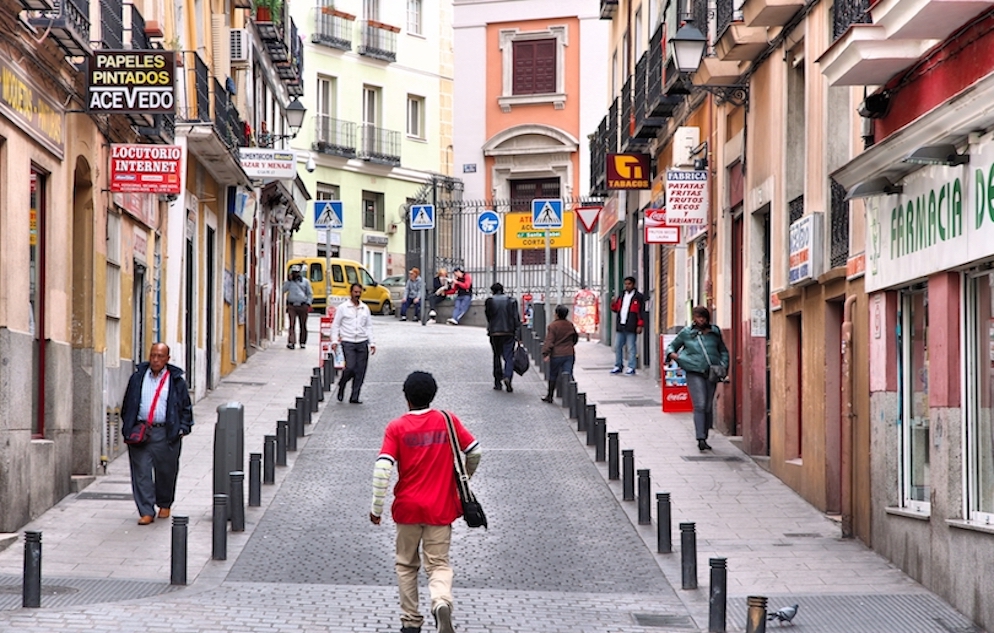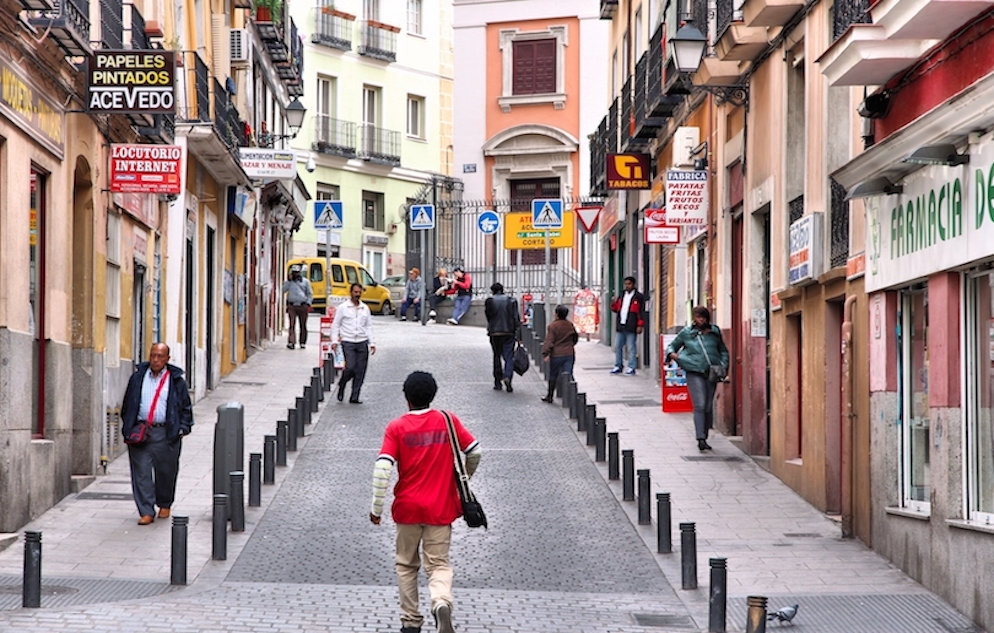
Cities are dynamic entities, continually evolving and transforming. These changes, which may be structural, cultural, or both, often take place at the neighborhood level. Changes in the neighborhood can not only have an effect on the health of residents, but also on their perceptions about their health in relation to their immediate environment.
A new study drew data from the Heart Healthy Hoods (HHH) project in Madrid, Spain, which studies the association between neighborhood and residents’ health, to qualitatively examine how neighborhood social changes were perceived by residents and how these changes affected residents’ perceptions about their own health. “Neighborhood changes or gentrification could have both negative and positive effects on residents’ health,” explained Dr. Luisa N. Borrell, a co-author of the study and professor of epidemiology and biostatistics at the City University of New York’s Graduate School of Public Health & Health Policy. “These health effects might be the result of the interaction of several neighborhood social features such as the presence (or lack of) social ties, family responsibilities, time availability, economic resources as well as access and awareness to health-promoting programs, and these features are very well captured through qualitative research.”
The findings from the study were published in the International Journal of Environmental Research and Public Health.
The study employed semi-structured interviews with adult residents and professionals living or working within a group of neighborhoods in the district of Ciudad Lineal in Madrid to describe the perceived social and neighborhood changes taking place. The major social changes related to health in the neighborhood were identified as economic changes, changes in demographic composition of the neighborhoods, and new socio-cultural values.

Economic changes, particularly when they are associated with impoverishment and job insecurity, tend to have the most direct impact on the perception of health. Changes in demographic compositions, reflecting the influx of immigrants and younger people into the neighborhoods, were perceived by some residents as the catalysts to changes in the traditional ways of life and social relationships that had been the standard in these neighborhoods for decades. With the changing demographics came changing socio-cultural values such as the breakdown of traditional social structures in favor of individualism, and fragmentation along cultural and generational lines. Loss of more traditional ways of life such as intergenerational coexistence was found to increase the perception of isolation, particularly among elderly residents, and in turn, increase health problems such as depression. The elderly were more affected by perceptions of loneliness and changes in relationships with neighbors, while younger residents were more affected by stress due to employment worries. The study did also identify some positive effects resulting from the neighborhood changes. With the shift from more traditional social norms and the rise of individualism, there was value recognized in taking on individual responsibility for maintaining one’s health, engaging in self-care, as well as a respect for the role played by health institutions and health programs in the neighborhoods.
Ultimately, by parsing the features of a rapidly changing urban environment, the reduction of social relationships, increase of stress and labor precariousness were perceived as major health stressors, whereas the assimilation of self-care activities, and implementation of local health programs and institutes were seen by the residents as having a positive effect on health. This qualitative research can help shape community health policies in rapidly changing urban environments. “This type of research could provide important insight into crafting urban health policies to ultimately improve health outcomes in communities undergoing change,” said Borrell.




